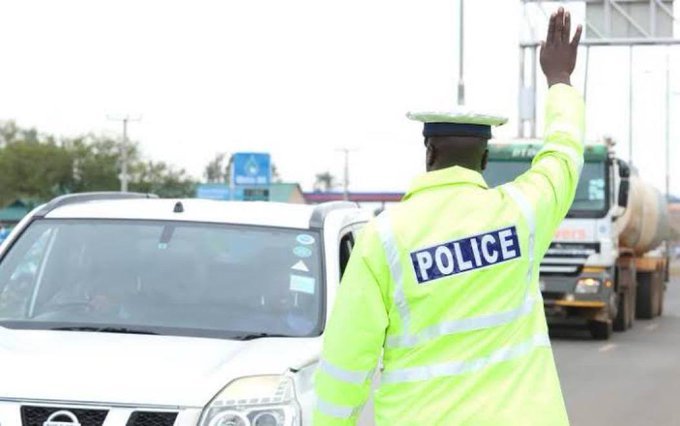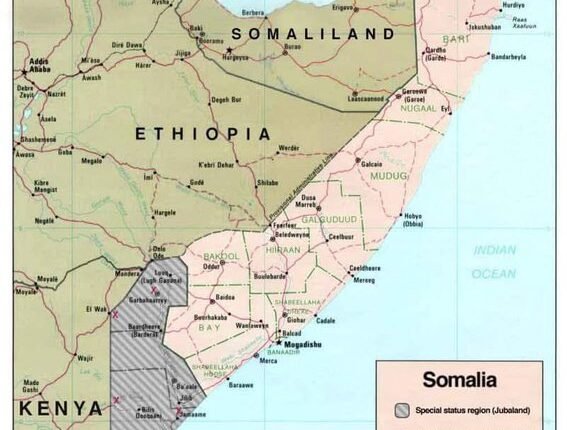Corruption among Kenya’s traffic police ranks has reached unprecedented levels, with the Ethics and AntiCorruption Commission (EACC) estimating that officers pocket around Sh3 billion in bribes from motorists every month. This illustrates how entrenched graft has become within the country’s police posing a huge challenge to anti corruption campaigns.
According to estimates by EACC Chief Executive Officer Abdi Ahmed Mohamud, traffic monitoring operations indicate that one traffic officer is able to earn up to Sh100,000 within a 10-hour shift. More than 1,000 traffic officers are deployed daily across the country, the amount of money stolen from motorists totals at least Sh3 billion monthly. The existence of corruption in the industry as well as the need for firm action is brought to light by these findings.
The extortion syndicates target private drivers and public service vehicles (PSVs), in this case, the matatu business, which has been suffering extortion by rogue officers for years. Matatu operators say that refusal to pay bribes often means arbitrary fines, fabricated charges, as well as vehicle impoundment. The Matatu Owners Association (MOA) has also corroborated the EACC’s findings, saying that the business loses over Sh3 billion annually to corrupt traffic police officers.
Traffic police officers typically occupy strategic roadblocks and checkpoints, pulling over motorists for alleged traffic infractions. Common excuses for extorting bribes include faulty vehicle parts, missing papers, and minor infractions that can be easily disposed of with warnings. In the majority of cases, officers will intentionally keep motorists waiting, agitating them into paying bribes to avoid lengthy procedures or appearances in court.
Matatu operators especially suffer most from this corruption. They are made to include payments for bribes in their operational costs every day, which again results in higher fares for consumers. Fixed rates are paid by some PSV drivers at predetermined checkpoints, and some routes are worse than others when it comes to police extortion. The systematized manner in which the bribes are being paid implies a structured and deeply rooted racket within the law enforcement.
The consequences of the widespread corruption are far-reaching. To start with, it demoralizes public confidence in the policing institutions, which prevents genuine attempts at policing effectively. When police officers are more concerned with bribes than with enforcing traffic laws, road safety is eroded, leading to an increase in accidents and fatalities.
Second, traffic department corruption encourages a culture of impunity among reckless motorists who, instead of being sanctioned, only pay bribes and avoid contraventions. It breeds indiscipline among road users and weakens the overall legal framework that governs road safety.
Economically, scamming billions of shillings from motorists every month diverts funds that would otherwise be put into productive enterprises. The economic burden on matatu operators and private motorists is passed on to consumers, increasing the price of transport and goods. Moreover, businesses that rely on road transport suffer losses due to unnecessary delays caused by corrupt police operations.
In response to these revelations, the EACC, in collaboration with the National Police Service (NPS), has embarked on a five-month audit aimed at establishing the loopholes that allow corruption within the force. The audit started on February 11, 2025, and will scrutinize police operations with focus on accountability and transparency in service delivery.
Fighting traffic police corruption will have to involve a multi-dimensional approach. Some of the actions that can be taken are:
1. Enhanced Surveillance and Sting Operations: Deployment of undercover EACC officials to apprehend corrupt officers in the commission of offenses might serve as an effective deterrent.
2. Online Payment of Traffic Offenses: Cashless payment for penalties and fines would preclude face to face contacts between traffic cops and drivers negating opportunities for bribery.
3. Tough Disciplinary Action: Corrupt officers ought to be summarily removed from the service, charged and blacklisted from seeking entry into the government’s public service employment.
4. Improved Public Awareness and Reporting Mechanisms: Encouraging the public to report corrupt officers anonymously through hotlines or internet forums can help bring offenders to light.
5. Parliamentary Reforms: Strengthening laws to enhance punishments against corrupt officers and setting up an independent agency to monitor police conduct can enhance accountability.
Corruption in Kenya’s traffic police is among the oldest issues in the fight against corruption. The humongous figures revealed by the EACC paint a dark picture of an institution that is completely corrupt, and drastic and urgent reforms must be implemented. While the government has begun to address the issue, long-term solutions will require concerted efforts by law enforcers, policymakers, and citizens.
By fighting corruption in its root, Kenya is not only capable of restoring the people’s trust in its police department but also of making roads safer and more efficient for all those who use them. The fight against police bribery is not over yet, but with collaboration and accountability, progress can be made toward a future free of corruption.
Inside Kenya’s Traffic Police Bribery Racket: Sh3 Billion Collected Every Month



